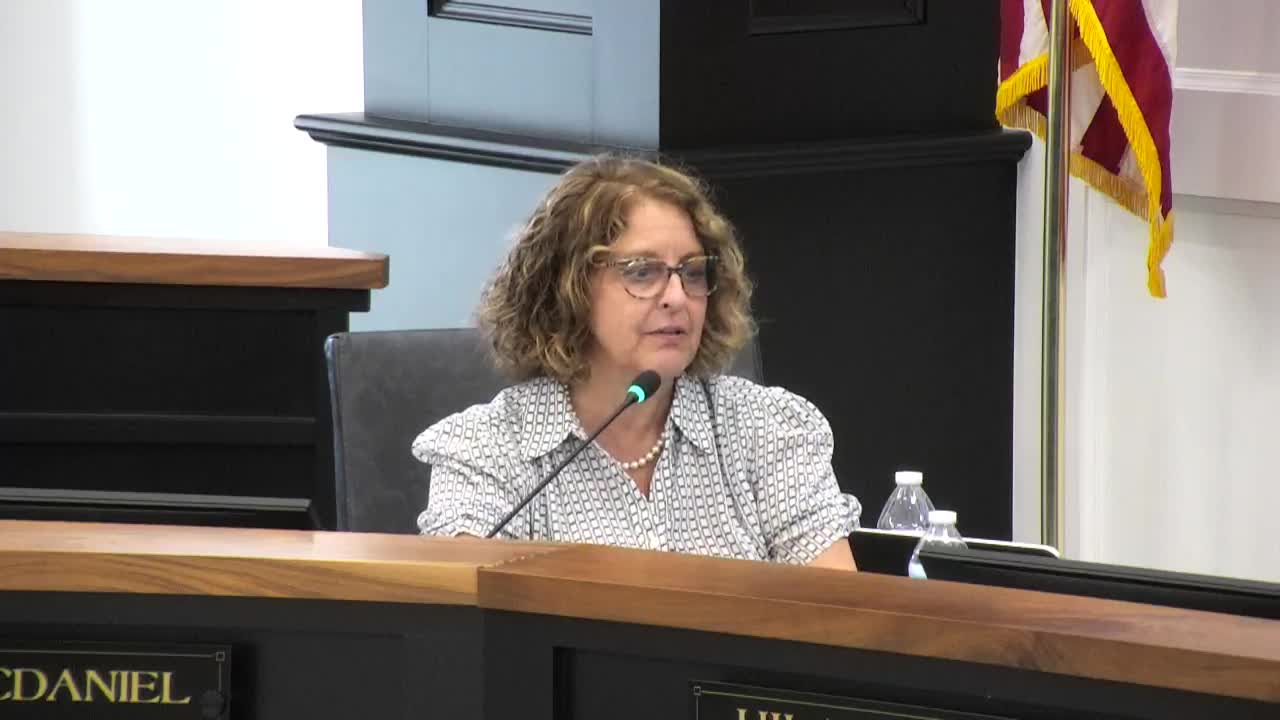Council Member Opposes Unconventional Awnings in Historic District Decision
July 23, 2025 | Dublin City Council, Dublin, Franklin County, Ohio
Thanks to https://workplace-ai.com/ , all articles about Ohio are free for you to enjoy throughout 2025!

This article was created by AI using a video recording of the meeting. It summarizes the key points discussed, but for full details and context, please refer to the video of the full meeting. Link to Full Meeting
One board member initiated the conversation by referencing research from the American Planning Association, which provided insights into the history of awnings, particularly their prevalence in the nineteenth and early twentieth centuries. While the research did not specifically address Tudor architecture, it acknowledged the common use of striped awnings during that era. This historical context set the stage for evaluating current proposals.
A key point of contention arose regarding a specific business's request for unconventional awnings. One board member expressed admiration for a neighboring establishment's sunshade but raised concerns about the proposed awning's visibility and overall impact on the historic district's aesthetic. The member argued that while the intention behind the awning was to enhance the building's visibility, the actual effect might be minimal. There was apprehension that approving such designs could lead to a trend of similar requests that might detract from the district's historical integrity.
The discussion underscored the board's responsibility to maintain the character of Dublin's historic areas while also considering the needs of local businesses. The balance between preserving the past and accommodating modern commercial practices remains a critical challenge for the Architectural Review Board. As the meeting concluded, the board members were left to ponder the implications of their decisions on future architectural requests and the overall visual landscape of the community.
Converted from Dublin - Architectural Review Board - Jul 23, 2025 meeting on July 23, 2025
Link to Full Meeting
Comments
View full meeting
This article is based on a recent meeting—watch the full video and explore the complete transcript for deeper insights into the discussion.
View full meeting
